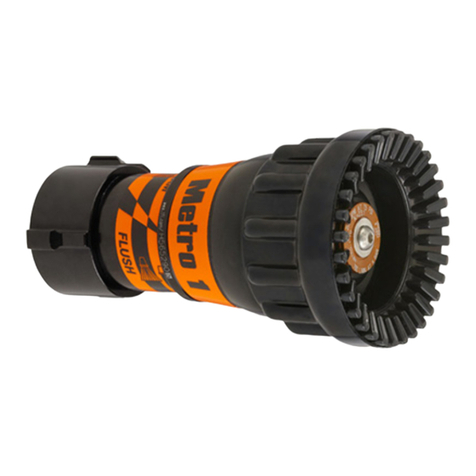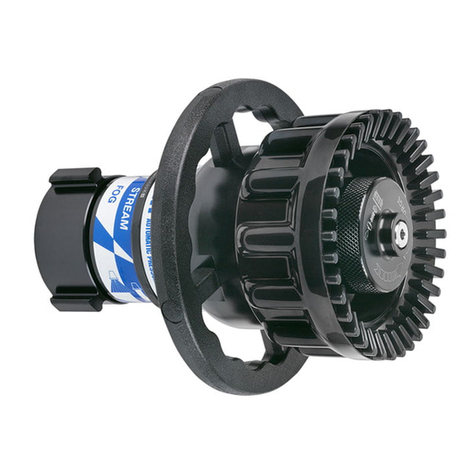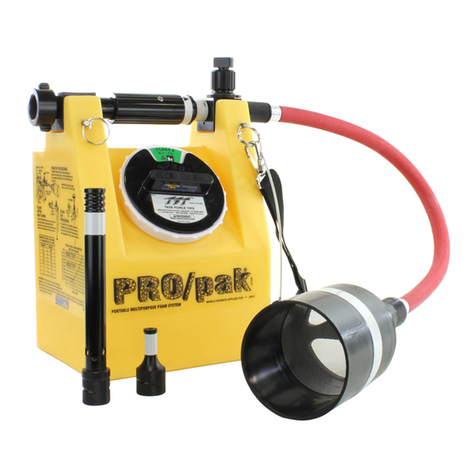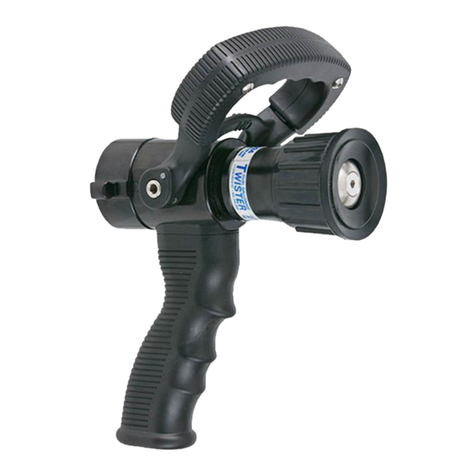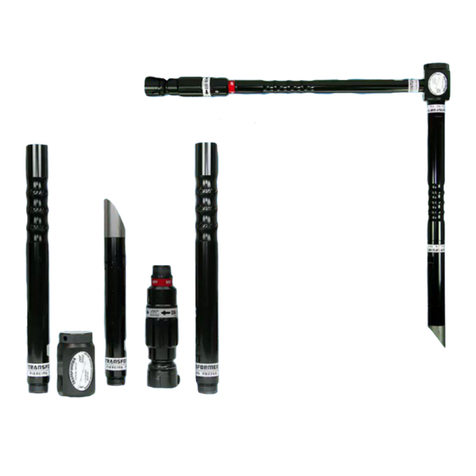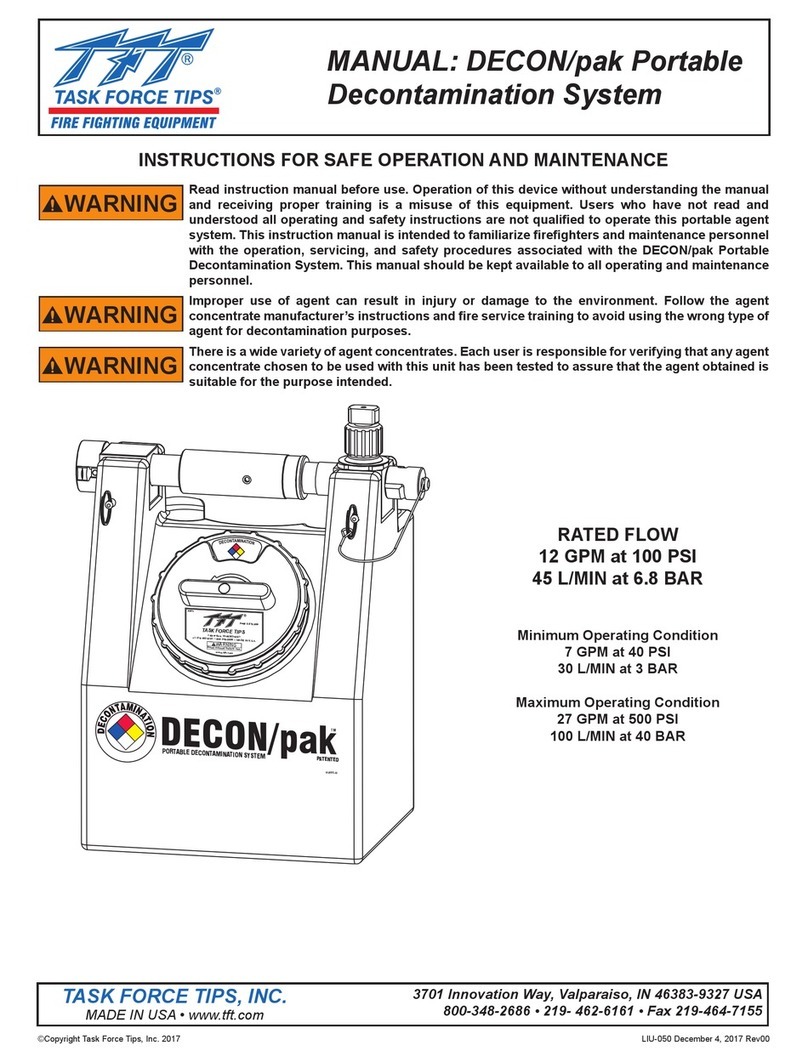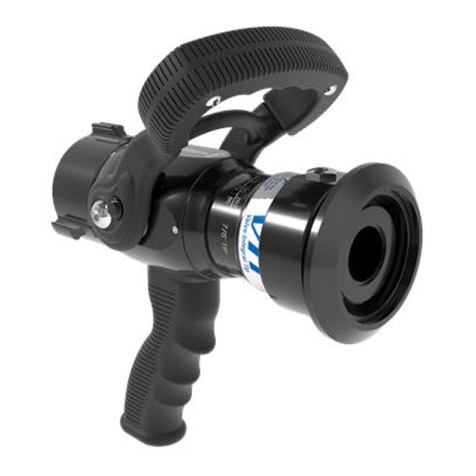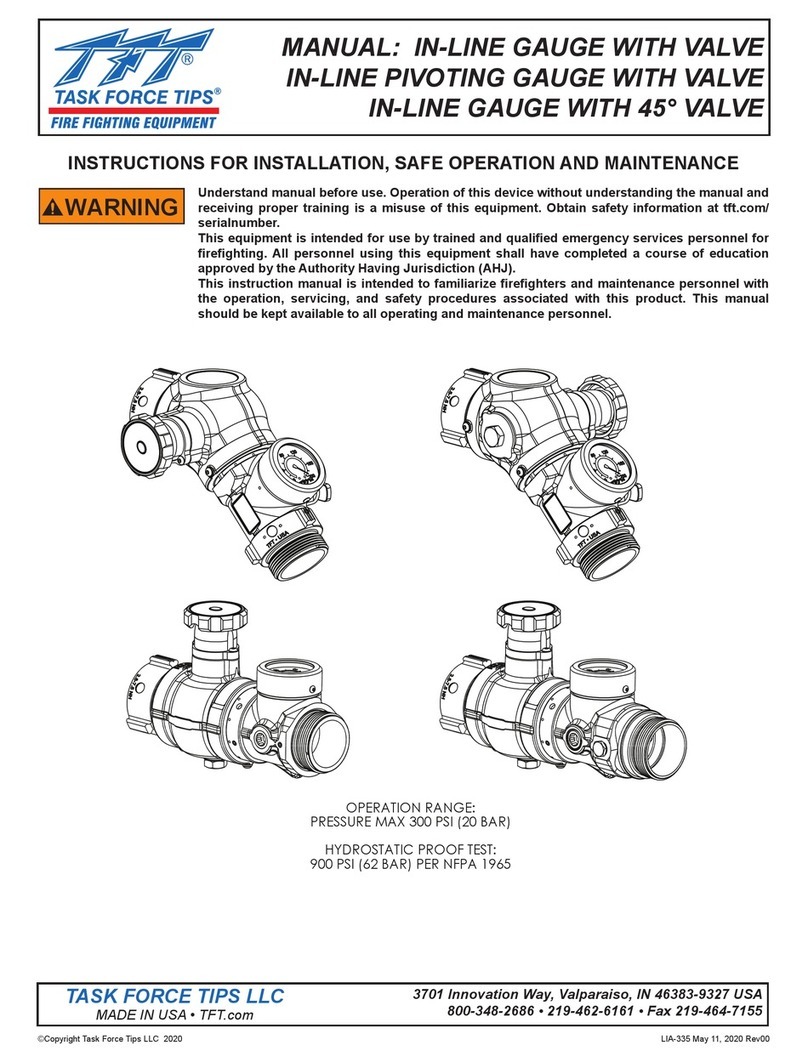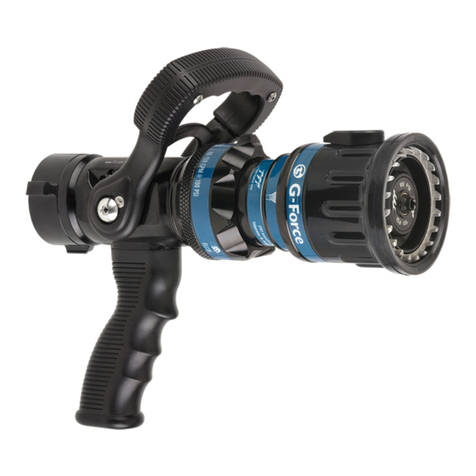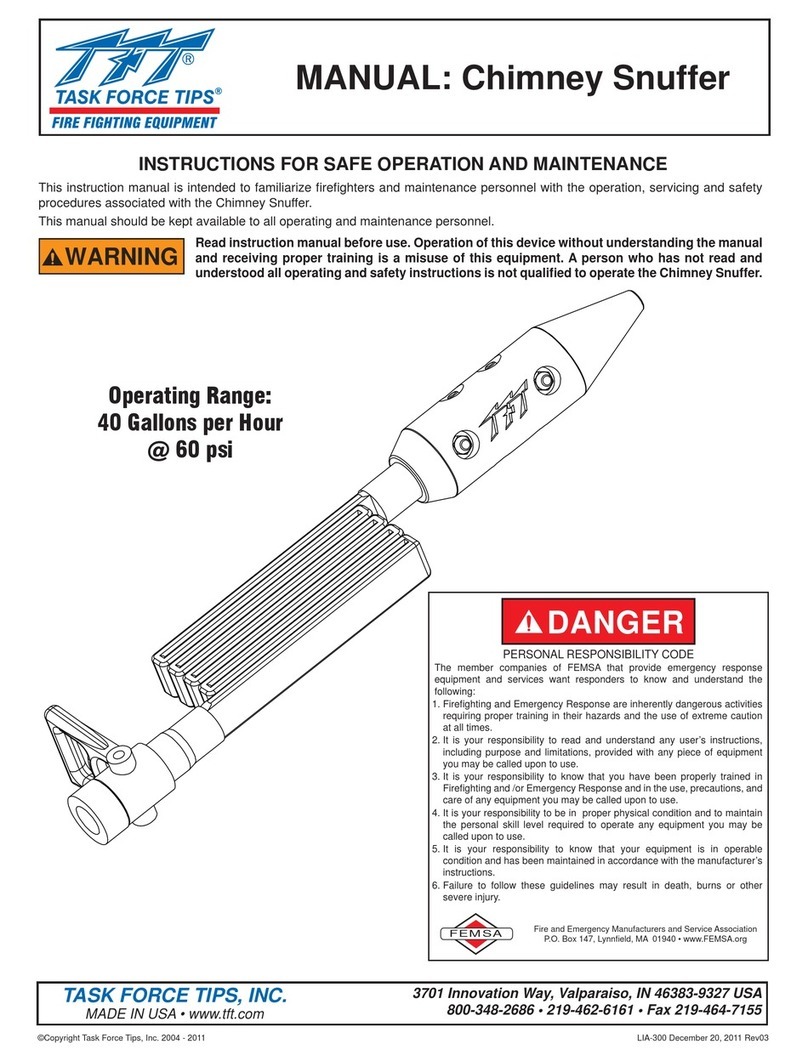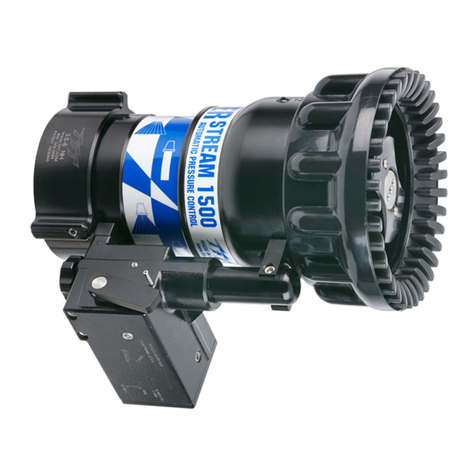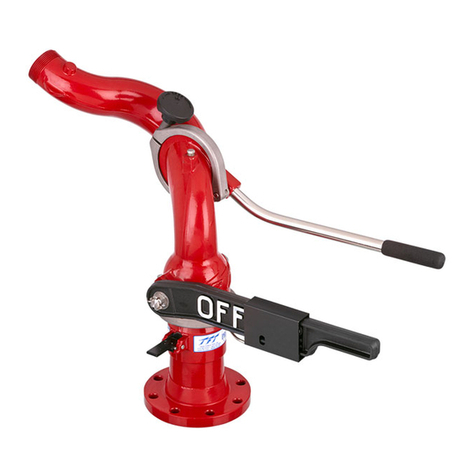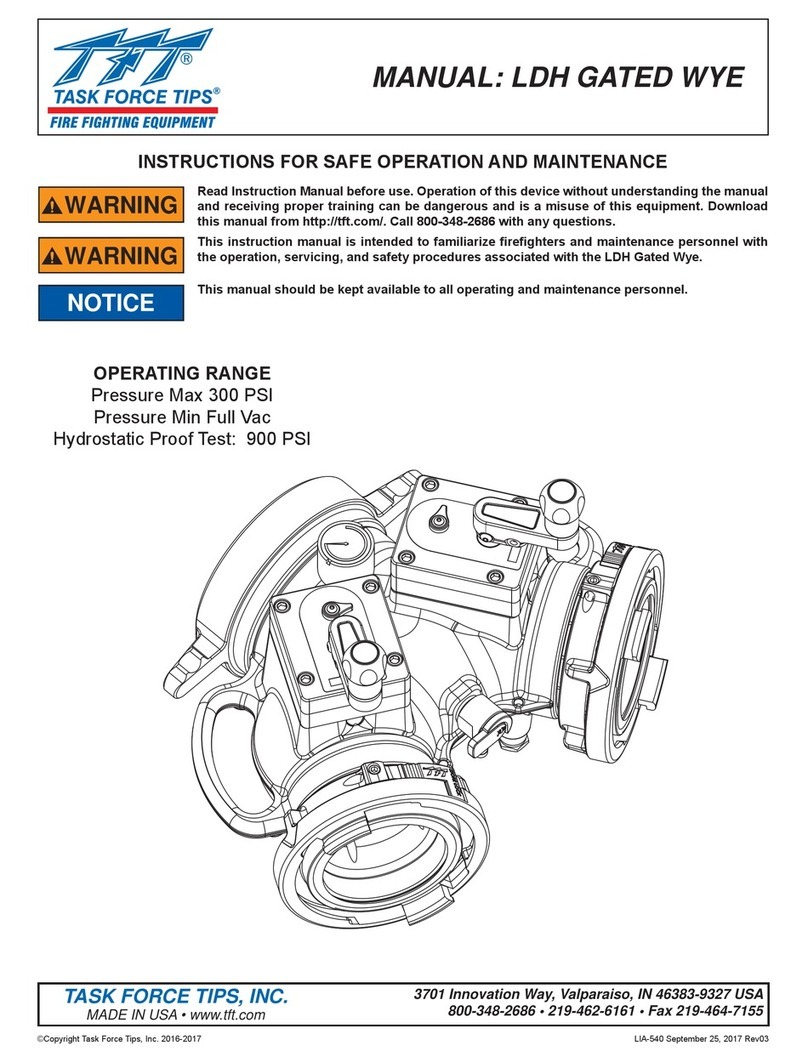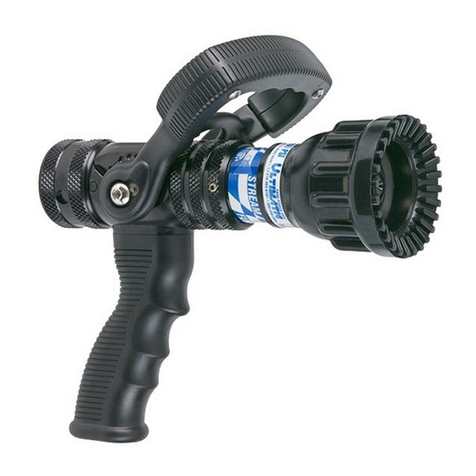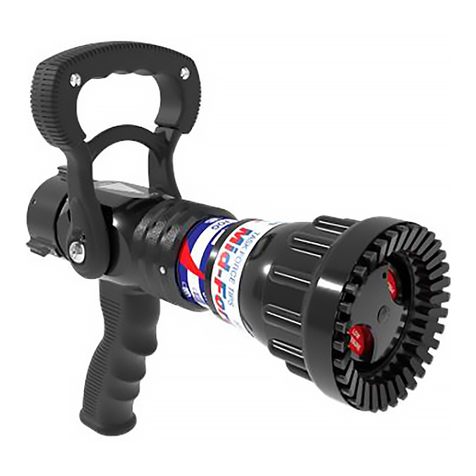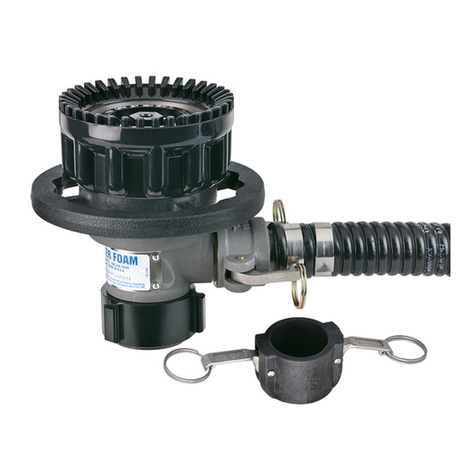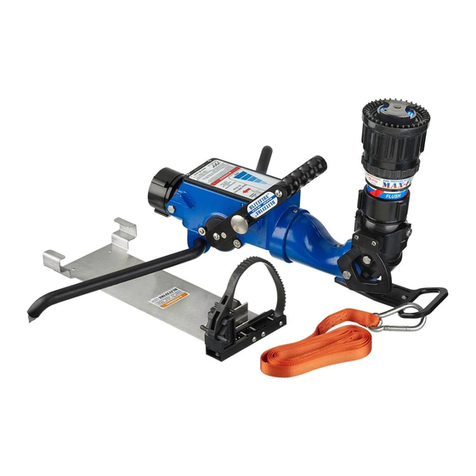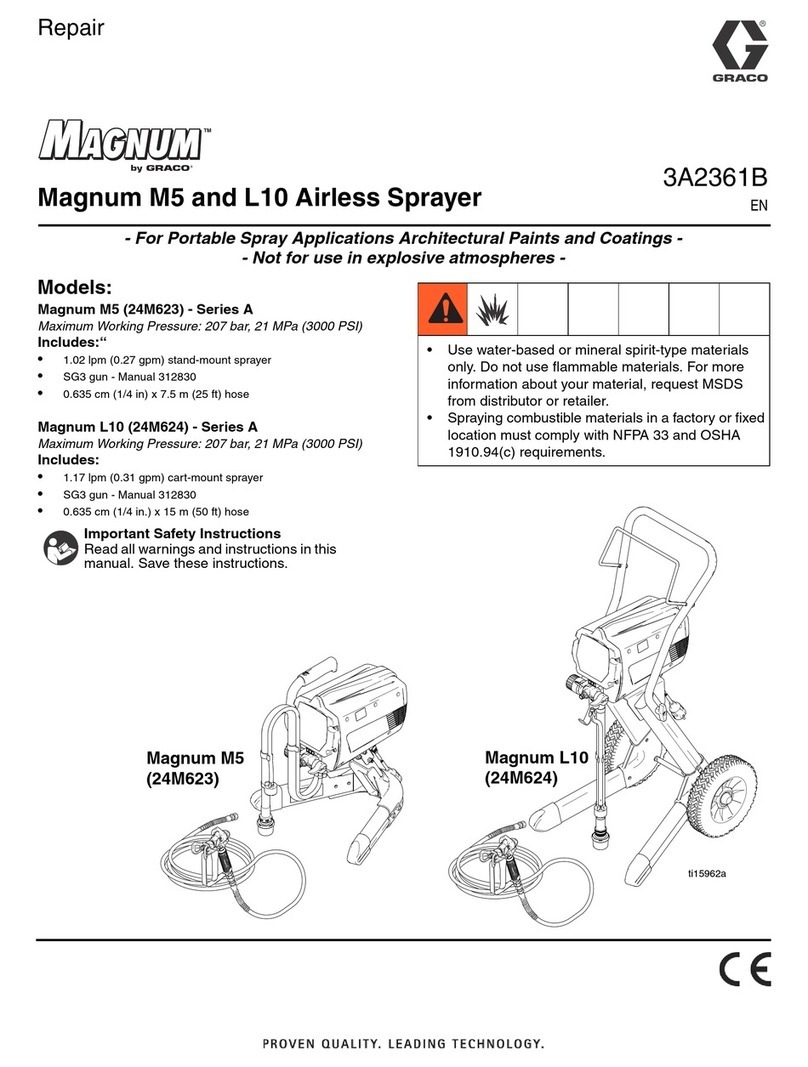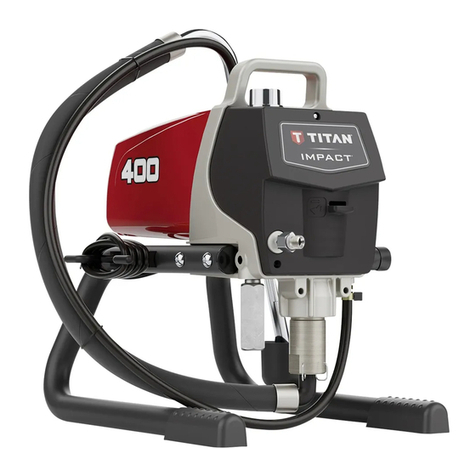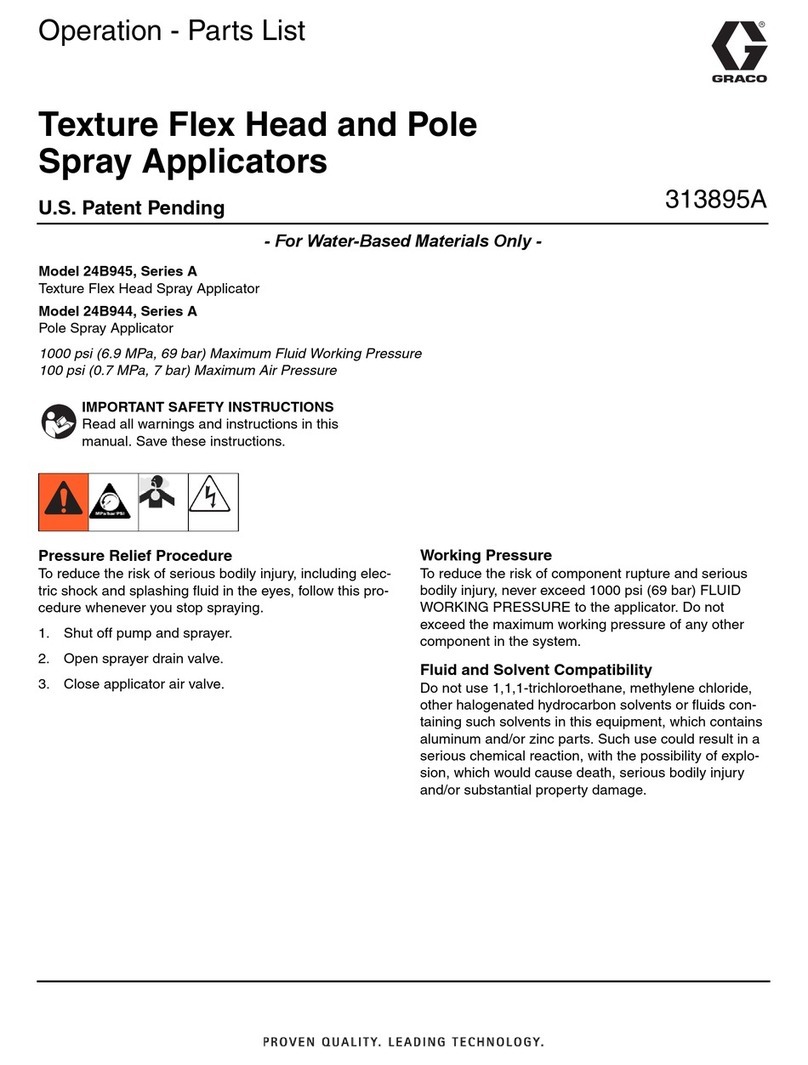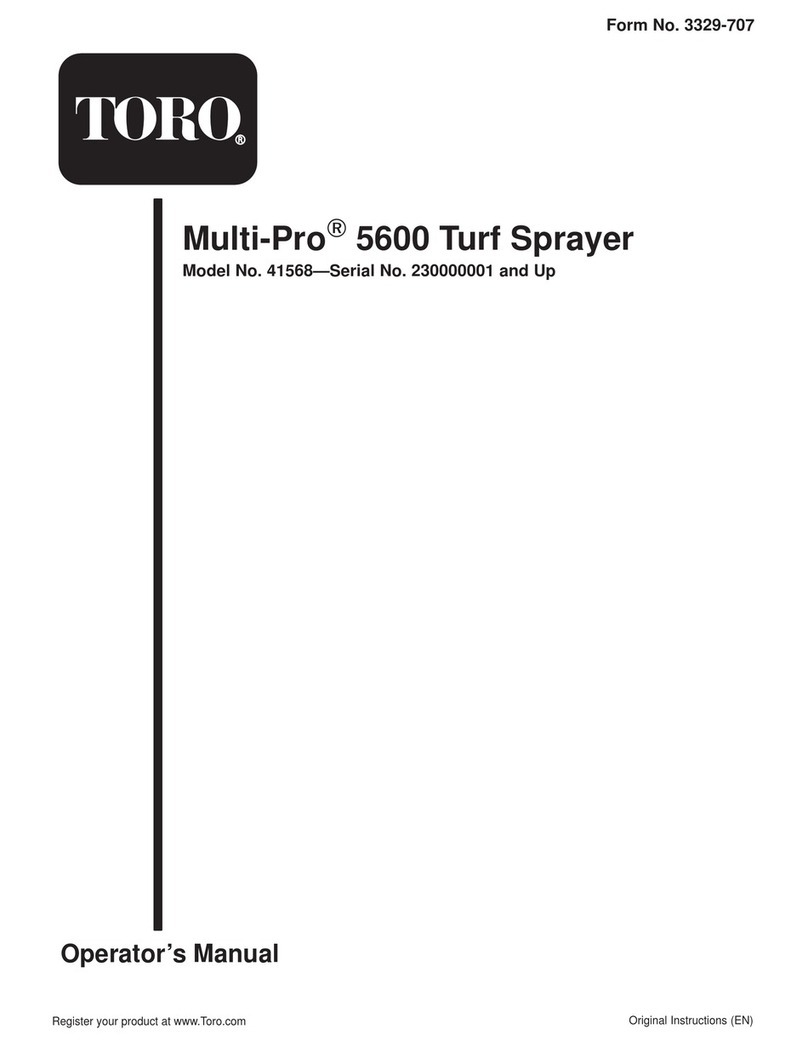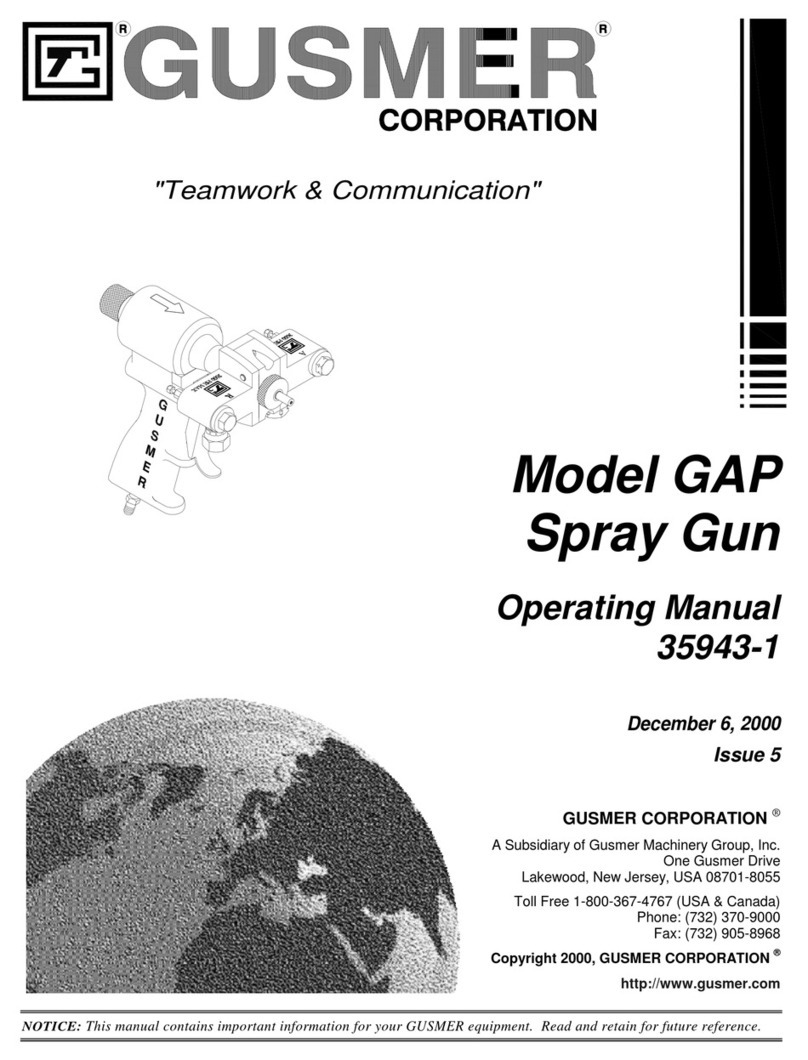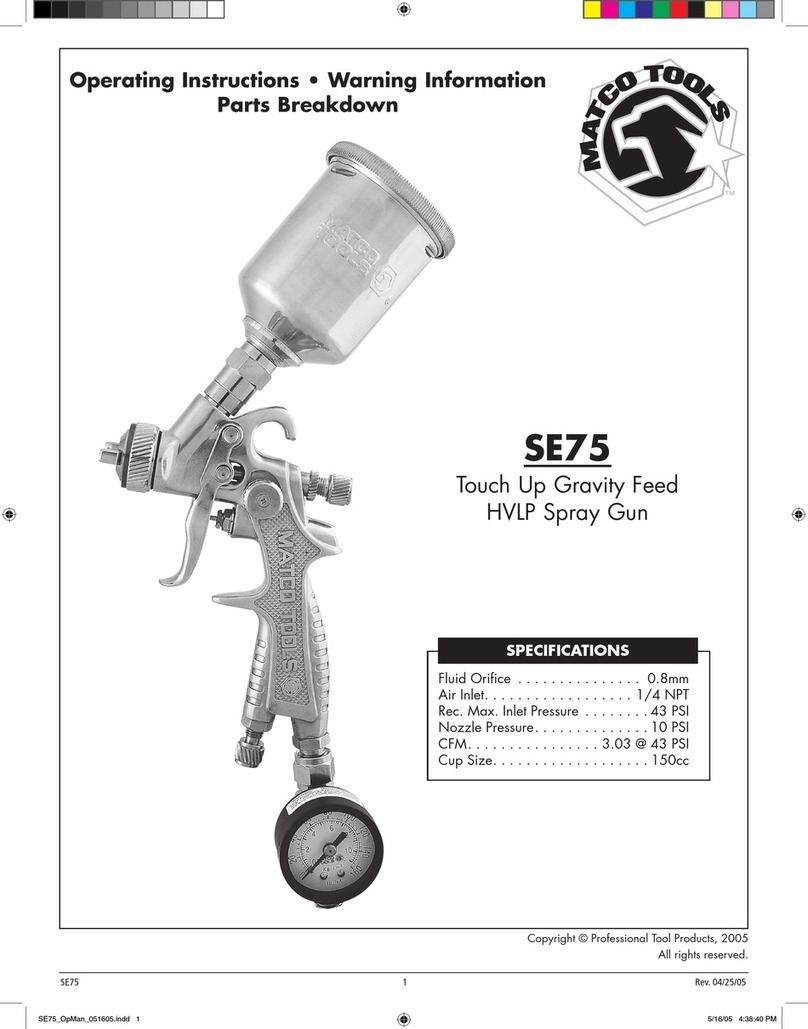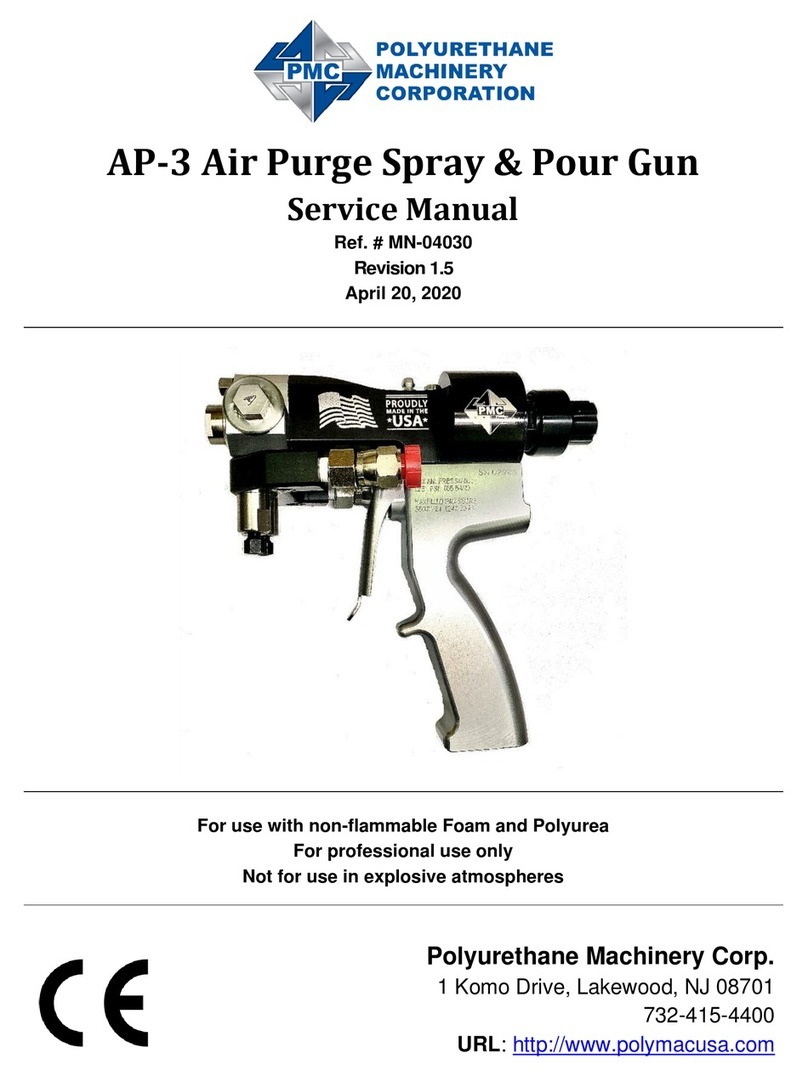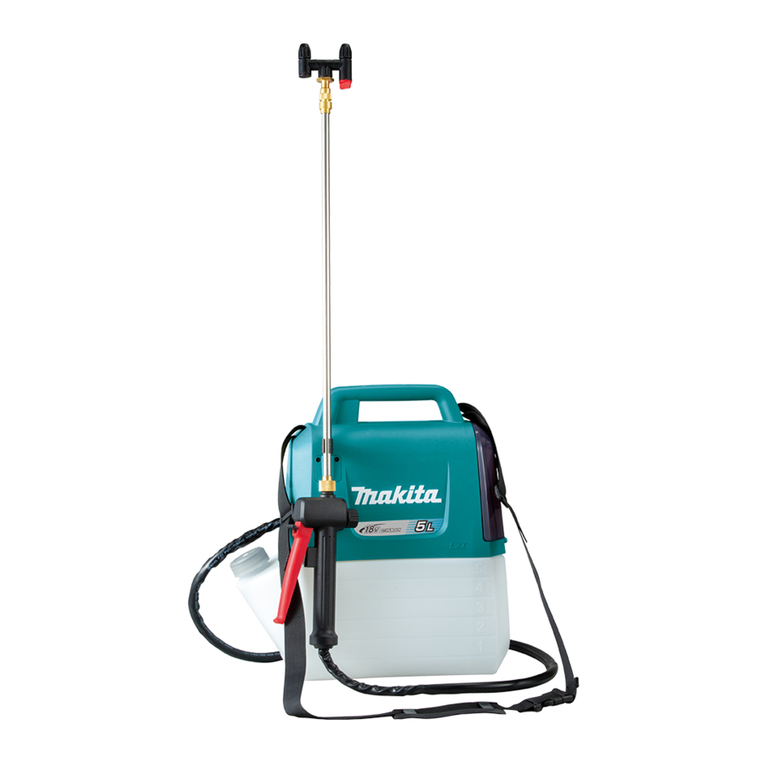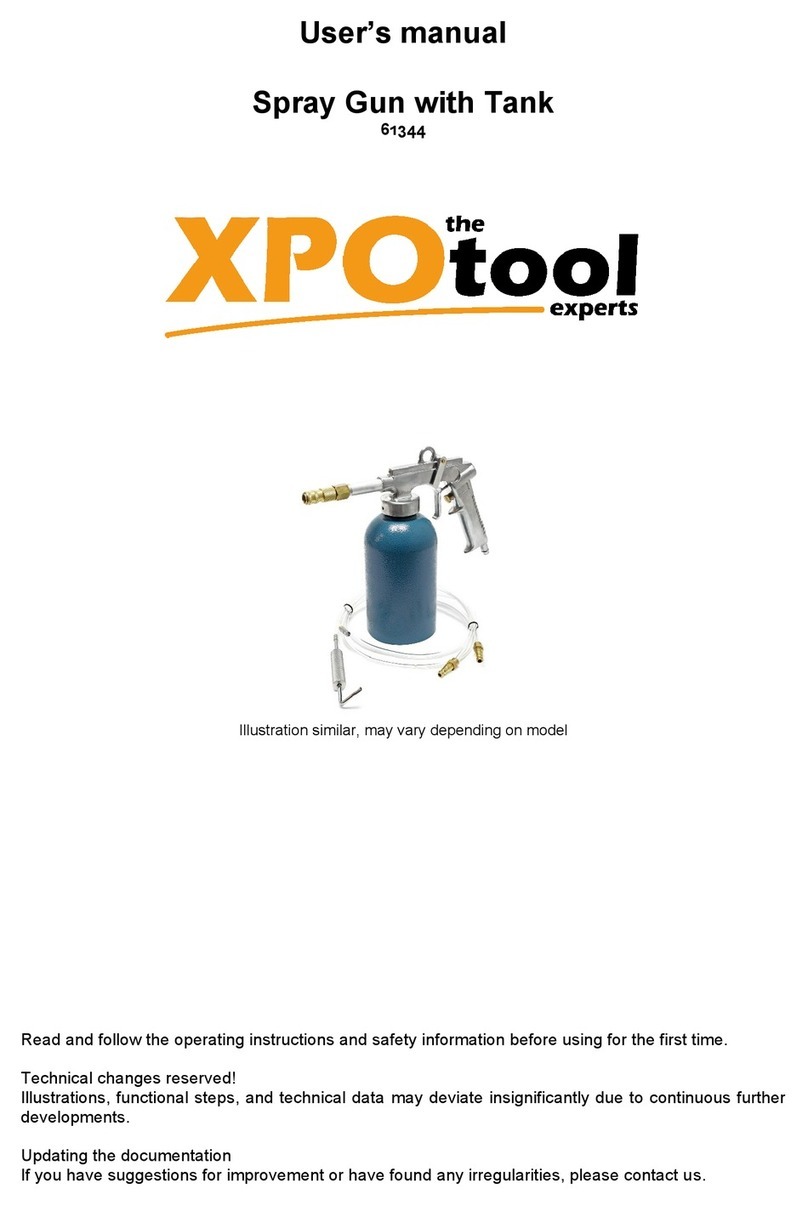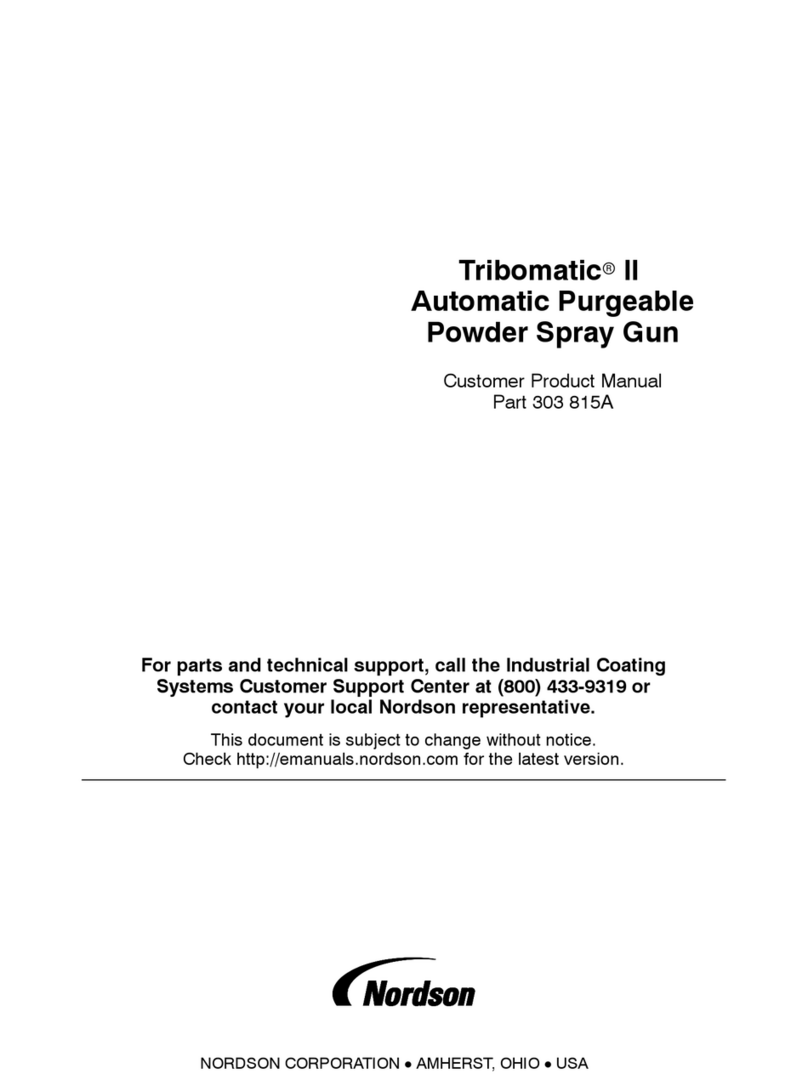
©Copyright Task Force Tips, Inc. 2008-2009 LIX-300 November 9, 2009 Rev11
2
Table Of Contents
1.0 Meaning of Safety Signal Words.............................................3
2.0 Safety ..............................................................................3
3.0 General Information...........................................................4-10
3.1 Mechanical Specifications
3.2 Part Identification and Models
3.3 Inlets and Outlets
3.4 Overall Dimensions
4.0 Installation .......................................................................10-15
4.1 Structural Requirements for Monitor Mounting
4.1.1 Water Supply
4.2 Inlet Mounting and Travel Ranges
4.2.1 Inlet Fitting or Extend-A-Gun RC Installation
4.2.2 Horizontal Rotation Travel Stops
4.2.3 Elevation TravelAdjustment
4.3 Nozzle Installation
4.4 Pressure Gage Port
4.5 Automatic Drain
5.0 Operation ............................................................................15
5.1 Recommended Park Position
5.2 Override Knobs
6.0 Flows and Pressures........................................................16-19
6.1 Stacked Tips Flow and Reach
6.2 Automatic Masterstream Nozzles
6.3 Stream Straighteners
6.3.1 Stream Straighteners with Stacked Tips
6.3.2 Stream Straighteners with Fog Nozzles
7.0 Maintenance and Inspection.................................................20
7.1 Lubrication
7.1.1 Elevation Control Worm Gear
7.1.2 Horizontal Rotation Worm Gear
7.2 Performance Testing
8.0 Troubleshooting ....................................................................20
9.0 Drawings and Parts List...................................................21-27
9.1 Hurricane RC MonitorAssembly
9.2 Elevation Chain DriveAssembly
9.3 Gear MotorAssembly
9.4 Monitor Control BoxAssembly
10.0 Warranty ............................................................. Back Cover
1.0 MEANING OF SAFETY SIGNAL WORDS
Asafety related message is identified by a safety alert symbol and a signal word to indicate the level of risk involved with a particular
hazard. Per ANSI standard Z535.6-2006, the definitions of the four signal words are as follows:
DANGER DANGER indicates a hazardous situation which, if not avoided, will result in death or serious
injury.
WARNING WARNING indicates a hazardous situation which, if not avoided, could result in death or serious
injury.
CAUTION CAUTION indicates a potentially hazardous situation which, if not avoided, may result in minor
or moderate injury.
NOTICE NOTICE is used to address practices not related to personal injury.
DANGER
PERSONAL RESPONSIBILITY CODE
The member companies of FEMSA that provide emergency response
equipment and services want responders to know and understand the
following:
1. Firefighting and Emergency Response are inherently dangerous activities
requiring proper training in their hazards and the use of extreme caution
at all times.
2. It is your responsibility to read and understand any user’s instructions,
including purpose and limitations, provided with any piece of equipment
you may be called upon to use.
3. It is your responsibility to know that you have been properly trained in
Firefighting and /or Emergency Response and in the use, precautions, and
care of any equipment you may be called upon to use.
4. It is your responsibility to be in proper physical condition and to maintain
the personal skill level required to operate any equipment you may be
called upon to use.
5. It is your responsibility to know that your equipment is in operable
condition and has been maintained in accordance with the manufacturer’s
instructions.
6. Failure to follow these guidelines may result in death, burns or other
severe injury.
FEMSA
Fire and Emergency Manufacturers and Service Association
P.O. Box 147, Lynnfield, MA 01940 • www.FEMSA.org




















